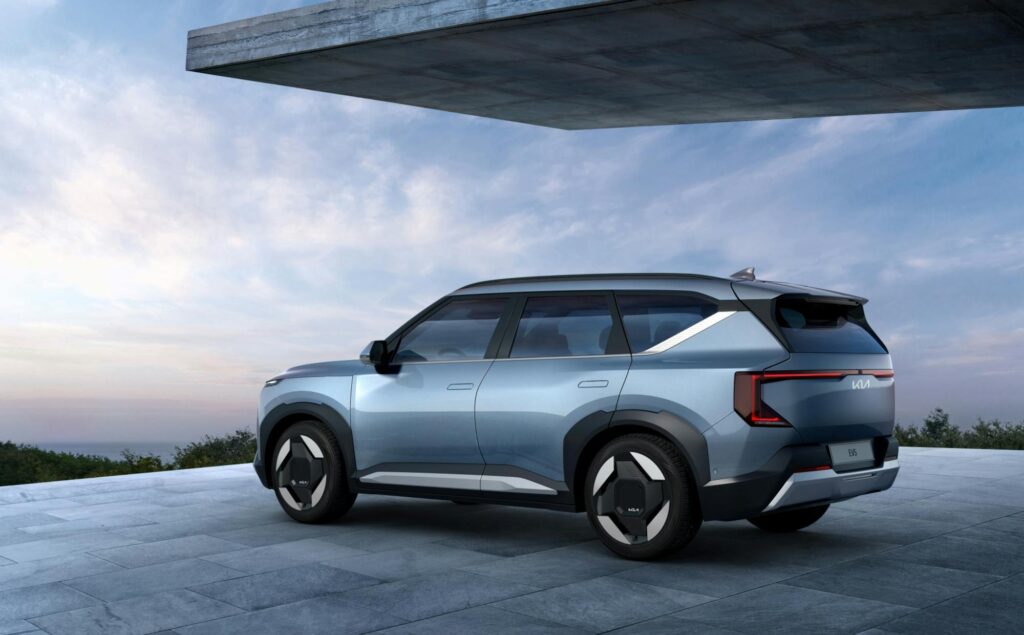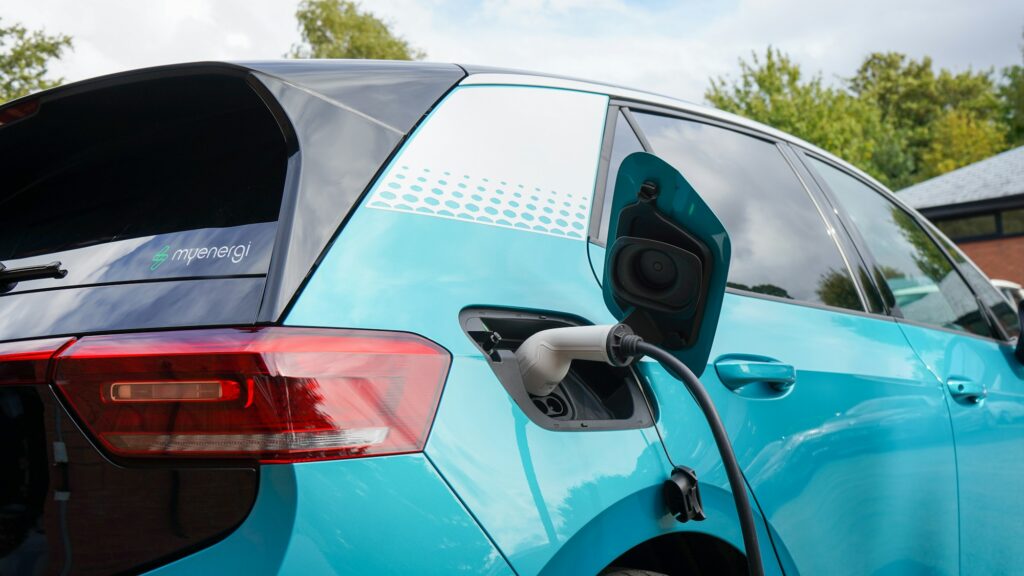Electric vehicles (EVs) are increasingly popular as sustainable transportation options that promise significant benefits for consumers and the planet. As concerns over climate change grow, more people are exploring EVs as a greener alternative to traditional gas-powered vehicles. Below, we’ve assembled some EV pros and cons to help you determine if an EV is right for you.
Pros of Electric Vehicles
1. Lower Emissions
One of the most significant benefits of electric vehicles is their lower environmental impact. EVs have zero tailpipe emissions, meaning they don’t produce harmful exhaust gases like carbon dioxide (CO₂), nitrogen oxides (NOₓ), or particulate matter that contribute significantly to air pollution and climate change. When powered by renewable energy sources, like solar or wind, EVs further reduce greenhouse gas emissions, drastically improving air quality and environmental health in urban areas.
Additionally, switching to EVs supports global efforts to meet climate targets set by international agreements, helping to mitigate the long-term impacts of climate change.
2. Lower Operating Costs
Electric vehicles generally offer lower operating expenses than gasoline-powered vehicles. Electricity prices are often more stable and lower per mile than gasoline prices, providing substantial savings over the vehicle’s lifetime. Moreover, EV maintenance costs are lower because they have fewer mechanical components—no oil changes, transmission repairs, or complex engine maintenance. This reduced complexity translates into significant financial savings on routine servicing.
Long-term savings on fuel and maintenance can quickly offset the higher initial investment, making EV ownership cost-effective in the long run.

3. Improved Performance
Electric vehicles offer superior driving experiences due to their instant torque delivery, enabling swift acceleration and responsive driving dynamics. Unlike internal combustion engines, EV motors provide smooth, quiet operation without vibrations or shifting gears, enhancing comfort and reducing driver fatigue.
Moreover, automakers continue innovating EV technology, incorporating advanced features such as simulated manual shifting, adaptive suspension systems, and improved battery management software, offering driving enthusiasts an engaging and customizable driving experience.
4. Government Incentives
Many governments worldwide offer incentives to encourage EV adoption, including financial benefits such as rebates, tax credits, reduced registration fees, and access to carpool lanes. These incentives significantly lower the initial cost barrier, making EVs financially appealing.
However, these policies vary significantly by region and can change over time. Therefore, prospective EV buyers should carefully research available incentives, eligibility criteria, and application procedures to maximize potential benefits.
5. Expanding Charging Infrastructure
Charging infrastructure has grown tremendously, substantially reducing the barriers associated with range anxiety and convenience. Governments and private companies are investing heavily in expanding public charging networks, including fast chargers capable of fully charging EV batteries in under an hour.
For example, the UK recently opened its largest EV superhub, featuring dozens of ultra-rapid chargers. These rapid chargers make long-distance EV travel more convenient and accessible, helping alleviate previous concerns over extended charging periods and limited availability.

Cons of Electric Vehicles
1. Higher Upfront Costs
Although EV prices gradually decline, the initial cost remains higher than that of gas-powered vehicles. The primary reason for this difference is the cost of battery technology, which is the most expensive component of EVs.
Nevertheless, automakers are making considerable efforts to produce affordable models, such as Tesla’s next-generation vehicle platform, which aims to reduce battery and production costs substantially. Economies of scale, technological advances, and increased competition in the EV market are expected to continually lower prices, making EVs accessible to a broader audience.
2. Charging Time and Range Limitations
Despite significant technological improvements, concerns about charging times and vehicle range persist. Many potential EV owners fear being stranded with a depleted battery—known as “range anxiety.” While most modern EVs offer ranges exceeding 200 miles on a single charge, factors such as driving style, terrain, weather conditions, and battery age can reduce effective range.
However, breakthroughs in charging technology, such as BYD’s ultra-fast charging systems, which offer substantial range increases in mere minutes, dramatically address these concerns. Additionally, battery technology continues to evolve, promising increased capacities and shorter recharge times.
3. Battery Longevity and Environmental Impact
Battery life and environmental implications of battery disposal have historically been areas of concern. Early EV batteries had limited lifespans and raised questions about their ecological impact once discarded. However, recent studies indicate that modern EV batteries may last significantly longer than anticipated, potentially surpassing 20 years.
Manufacturers increasingly focus on battery recycling and second-life applications, such as energy storage solutions for homes or commercial buildings. These advancements reduce environmental impact and improve the economic value and sustainability of EV battery technology.

4. Charging Infrastructure Challenges
Charging infrastructure availability can still pose significant challenges, especially in rural or less densely populated regions, where charging stations remain limited. Drivers in such areas might face inconvenience and limited travel flexibility, potentially making EV ownership less attractive.
However, ongoing innovations, including wireless charging roadways currently being tested, may provide practical long-term solutions. Such roads could wirelessly charge EV batteries while driving, reducing dependency on stationary charging stations and significantly expanding the practicality of electric vehicles.
Wrapping Up
Electric vehicles offer compelling benefits, including reduced environmental impacts, long-term cost savings, excellent driving performance, and government incentives. However, they also present notable challenges, including initial higher costs, range anxiety, charging infrastructure limitations, and battery lifecycle concerns.
Continuous advancements in technology and infrastructure increasingly mitigate these drawbacks, positioning electric vehicles as a viable and attractive option for sustainable transportation. Carefully considering personal transportation needs, local infrastructure availability, and financial incentives will enable consumers to determine if an EV is the right choice for their lifestyle.





